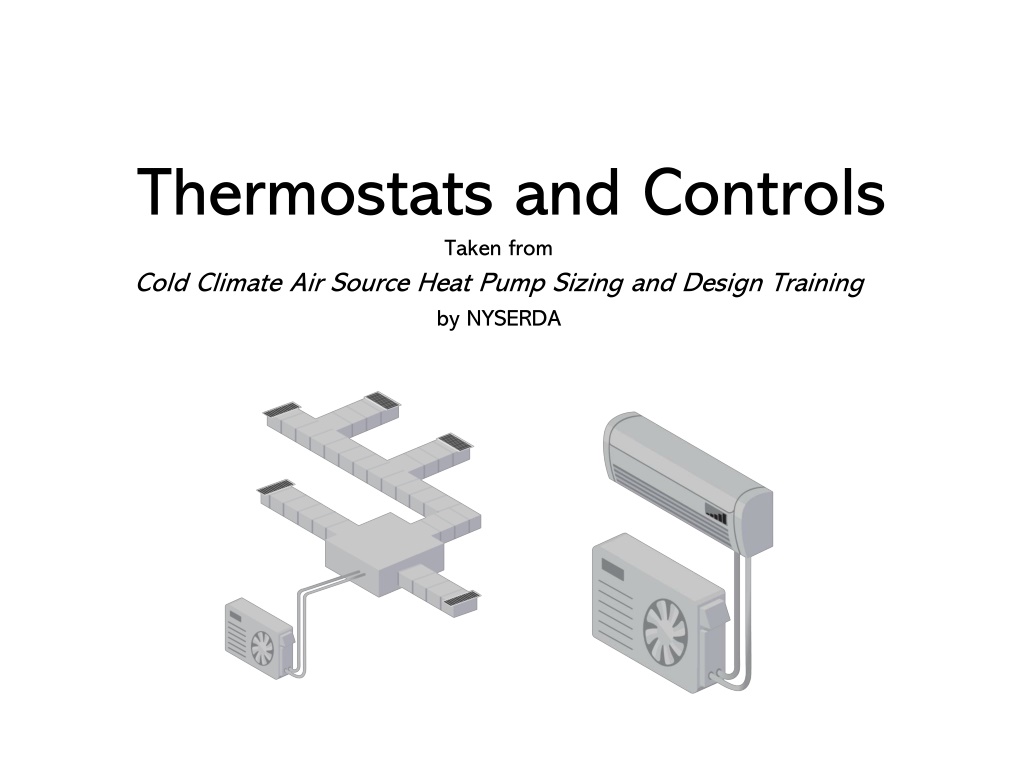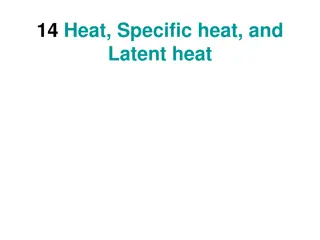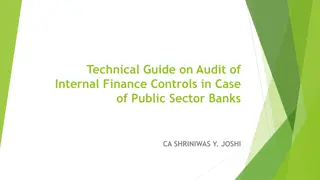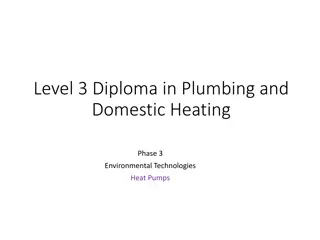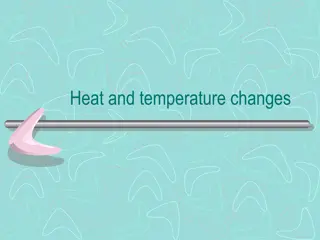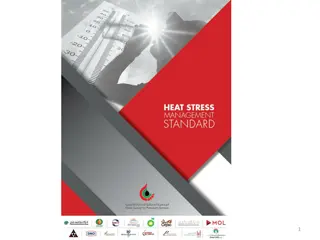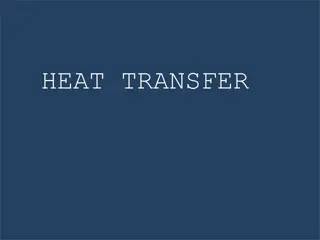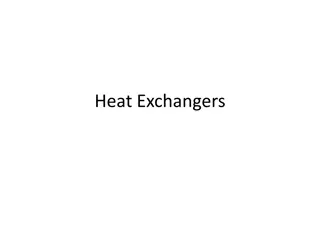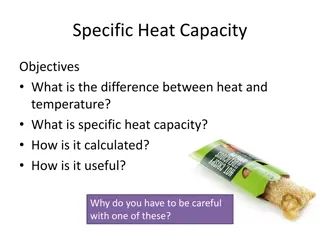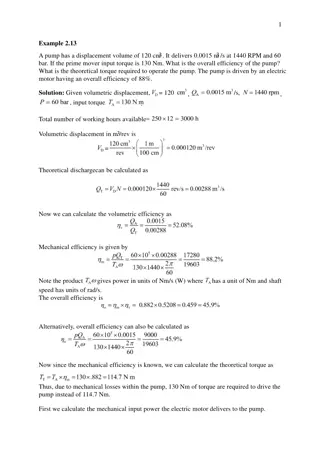Understanding Thermostats and Controls for Cold Climate Heat Pump Systems
Explore the nuances of controlling air source heat pumps in cold climates, including common control types, integrated strategies for backup heat, temperature setback specifics, and balance point calculations. Learn about controlling supplemental heat, control principles, and considerations when using third-party thermostats.
Download Presentation

Please find below an Image/Link to download the presentation.
The content on the website is provided AS IS for your information and personal use only. It may not be sold, licensed, or shared on other websites without obtaining consent from the author. Download presentation by click this link. If you encounter any issues during the download, it is possible that the publisher has removed the file from their server.
E N D
Presentation Transcript
Thermostats and Controls Taken from Cold Climate Air Source Heat Pump Sizing and Design Training by NYSERDA
Thermostats and Controls Learning Outcomes Understand common ASHP control types Learn about integrated control strategies for back up or supplemental heat Understand control principles Learn about temperature setback nuances specific to ccASHPs 2
Controlling the Heat Pump Ductless Wand/Remote Wall Thermostat Mobile App Smart Wall Thermostat 3
Controlling the Backup Heat Integrated controls One thermostat controls both the heat pump and the backup Gives primacy to the heat pump when economical Balance point programmed for automatic changeover at 5 F to 35 F depending on system capabilities Simultaneous operation (aka droop method) backup system s heating setpoint 3 F colder Separate controls Backup thermostat location similar to heat pump s Droop method backup system s heating setpoint 3 F colder 4
Determining the Balance Point Heat Pump Balance Point Calculation 35000 Heat Pump Max Capacity 30000 Load 25000 20000 Btus 15000 10000 Balance Point set at 15 F 5000 0 0 10 20 30 40 50 60 Outdoor Air Temperature
Controlling the Supplemental Heat Separate controls Supplemental thermostat located in the supplemental zone May be viable for a small droop 2 F to maximize heat pump use on mild days 8
Control Principles Different than traditional heating Avoid deep-daily setbacks (max 3 F at any time-step) Reduce reversion to catch-up mode Deep setbacks for vacation are fine Be careful when pairing with 3rd party thermostats (Nest, ecobee, etc.) The heat pump s control algorithms can conflict with the 3rd party tool. Use the Efficiency operating mode (different manufacturers use different terms) But beware of reversion to factory default after a power-outage Monitor the energy use for unexpected patterns or behaviors 9
Setback Norms Difference Daily setback 4 7 F Vacation setback 7 15 High heat comes on to recover Great savings from reduced heating during the setback Daily set back 1 3 F Vacation setback 7 15 Compressor operates at steady speed to recover Recovery can take longer than with traditional systems Good savings from reduced heating during the setback, without recovery penalty Heat Pumps Gas/Oil 10
Auxiliary Strip Heat Lockouts Definition: Temperature above at which the auxiliary electric resistance strip heat will not operate Typically set in the range of 25 F 35 F Outdoor temperature sensor or weather station Alternative method set lockout based on minimum heat pump supply air temperature Typically set at 85 F Benefits: Prevents use of electric resistance for recovery when not necessary
Compressor Lockouts Definition: Temperature belowat which the heat pump s compressor will not operate Follow manufacturer guidelines Disable for most cold climate heat pumps If used, 5 F or lower
